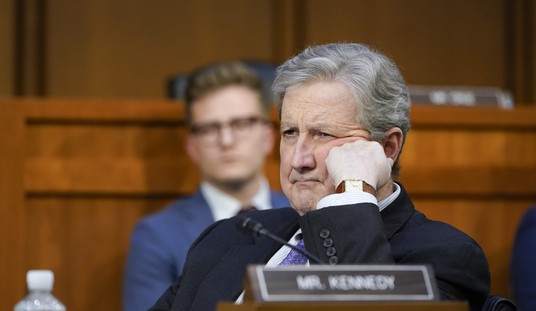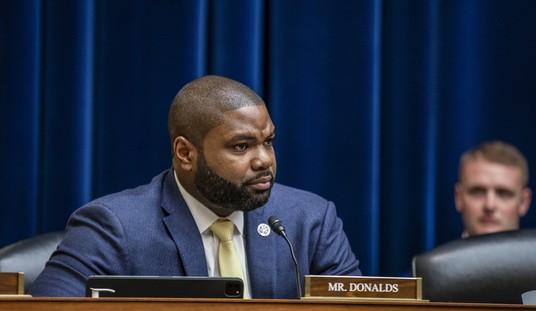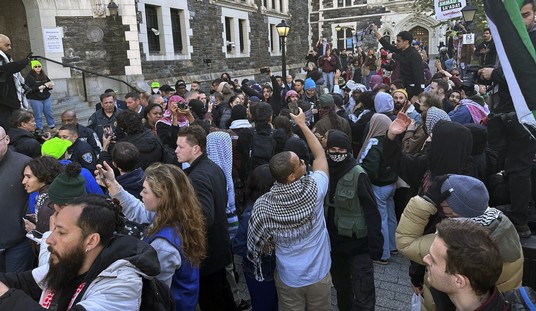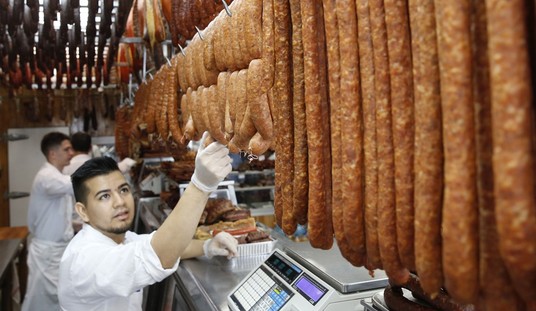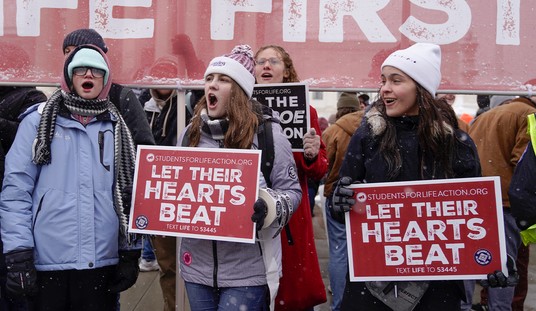Despite their hopes and dreams, the California legislature cannot do away with the laws of economics.
The state’s highly unpopular AB5, touted as a measure that would force Uber and Lyft to “treat their workers humanely” (read: create thousands of new union members) will have entirely anticipated side effects: higher fees for customers a shortage of drivers in unsafe neighborhoods or on unprofitable routes.
If you’re unfamiliar with AB5, the thumbnail explanation is that people who provide labor or services to companies are considered employees by default unless they meet certain exemptions (which were granted to groups with money or influence in Sacramento). Its proponents say it merely codified a 2018 California Supreme Court decision, Dynamex, which outlined a strict A, B, C test for determining whether a person could be considered an independent contractor.
Dynamex placed the burden on the business/hirer to prove that all three of the following conditions existed in order to classify a “worker” as an independent contractor:
A. the worker is free from the control and direction of the hirer in connection with the performance of the work, both under the contract for the performance of such work and in fact;
B. the worker performs work that is outside the usual course of the hiring entity’s business; and
C. the worker is customarily engaged in an independently established trade, occupation, or business of the same nature as the work performed for the hiring entity.
Under AB5’s A/B/C test, Uber, Lyft, and other app-based work platforms can’t meet any of the prongs as they currently operate (or how they operated in California prior to January 1, 2020). From my own experience driving for both Lyft and Uber for about five months in 2018-2019, those apps can’t satisfy Prong A because the driver is:
- Unable to accept/decline rides based on destination
- Unable to accept/decline rides based on origin
- Inability to know ahead of time how much a certain trip will pay.
Prong B has the potential of being a little easier for the apps. If the platform describes its usual course of business as matching drivers with people who need transportation, then they are not in the business of driving. It’s splitting hairs for sure, but that’s how lawyers and politicians create work for themselves. Employment lawyer Tiffany Brosnan agrees that this approach has potential. She told the San Francisco Chronicle:
“[P]rong B has been dubbed the ‘killer B’ for good reason and this is where I see Uber having its biggest challenge,” she said in an email. “For Uber’s drivers to be properly classified as independent contractors under AB5, Uber will need to prove that the drivers’ work is outside of Uber’s usual course of business. So the question becomes how do you define Uber? Is it a software platform or a ride-hailing company?”
Though a California state judge said this “distinction” is “fatally flawed,” officials in at least one state have bought in to Uber’s point of view:
Vermont’s Department of Labor wrote in a 2017 bulletin that the “usual course of [Uber]’s business is the provision of a technology platform to its drivers, in exchange for a service fee.”
Prong C is easy to skirt if the worker, like many people engaged in the app economy, is signed up with multiple platforms (Uber, Lyft, Doordash, Instacart, Postmates).
While simultaneously vowing to ignore and fight the law, Uber substantially changed how drivers in California accept rides and earn money. The biggest change is that drivers will now see a rate card that includes the rider’s origin, destination, and their approximate earning. Contrast the information drivers received previously, on the left, with what California drivers will now see, on the right:

The company also explained that drivers would no longer be dinged for rejecting trips they didn’t want to make – while cautioning them that rejecting trips based on “discriminatory reasons” or “to avoid particular neighborhoods” was against California law.
In an email to drivers outlining the changes, Uber explains that its business is as a “marketplace” connecting drivers and riders, and both drivers and riders are its customers. Drivers pay a “marketplace fee” (formerly a “booking fee”) to have access to Uber’s marketplace of drivers and for Uber to pair them with an available driver.
Until January 2020 in California, the Booking Fee was a flat fee charged to the rider on your behalf that Uber collected from you. As of January 2020, Uber charges a separate fee (called the Marketplace Fee) to riders directly, to connect parties within the marketplace. This fee is separate from the trip fare or any other rider payment to the driver, and does not impact the amount you take home on each trip.
Drivers are paid – as a pass-through via Uber’s app – a fee for each trip based on a published time and distance rate schedule. Drivers pay a percentage of that fare, or a “service fee,” to Uber as a type of commission.
The rider pays you, the driver, a fare for every trip. Uber then charges you a fixed-percentage Service Fee on that fare for your use of the Uber app in connecting you with your passenger. The Service Fee goes toward funding our platform’s operations, and supports innovation that allows Uber to connect more riders and drivers.
Because drivers are Uber’s customers, Driver promotions will now come in the form of lower Service Fees rather than additional direct payments to you. Now you can earn reductions in your fixed Service Fee percentage, to as little as 1% of the trip fare.
In the last year, both Uber and Lyft changed their surge pricing from a multiplier of the regular fare to a flat fee, such as $4.50 extra for the next trip, regardless of the length. This move had a massive negative impact on drivers’ earnings and definitely added fuel to the pro-AB5 fire in California. A driver who’d waited outside of the LA Coliseum for hours for a concert or football game to end, for example, could now get just a $15.00 ride instead of a $40.00 ride, and drivers on New Year’s Eve 2019 reported earning half of what they’d earned the year before (around $600 instead of $1200 for a 12-hour shift, which sounds good until you’re driving home from downtown LA at 3:30 a.m.). In response to AB5, Uber announced that once again surge pricing would be a multiplier of the regular fare.
(For a very enlightening read on both how drivers gamed the surge system and how passengers got around it, read here. It’s integral to understanding the issues in the marketplace around the “app economy.”)
How will this affect riders?
Duh. You’ll pay more, possibly wait longer, have ride requests declined if there aren’t any drivers available who think it’ll be profitable enough, and high-crime neighborhoods will be avoided. Some of the state’s liberals are finally figuring out that this will be the inevitable result and are staking out their talking points now:
Advocates for minorities and low-income people fear that Uber’s recent overhaul of its ride processes could lead to discrimination against people traveling to neighborhoods some drivers perceive as less desirable.
Drivers can now decline to take passengers to San Francisco’s Bayview-Hunters Point or East Oakland, for instance — areas already underserved by transportation.
“We fear this new system could only exacerbate discrimination,” said Hana Creger, environmental equity program manager at Oakland’s Greenlining Institute, which promotes racial and economic justice. “Drivers could refuse to go to certain neighborhoods they deem as unsafe.”
Uber and Lyft helped low-income people in two ways. First, it lowered/eliminated barriers to entering the “ride for hire” business. Second, in my experience as a driver, it allowed people who didn’t have a car to have safe, reliable transportation to and from work. For people who worked in the hospitality sector or as shift workers, whose schedule might not align with public transportation, this gave them access to a wider variety of jobs. There’s no doubt that there were kinks that needed to be worked out in the way Uber and Lyft compensated their drivers, and the changes in California should make driving more profitable and satisfying for those people. The way AB5 has worked out, though, they’ve just exchanged one set of problems for another, and absolutely no one has been helped.



